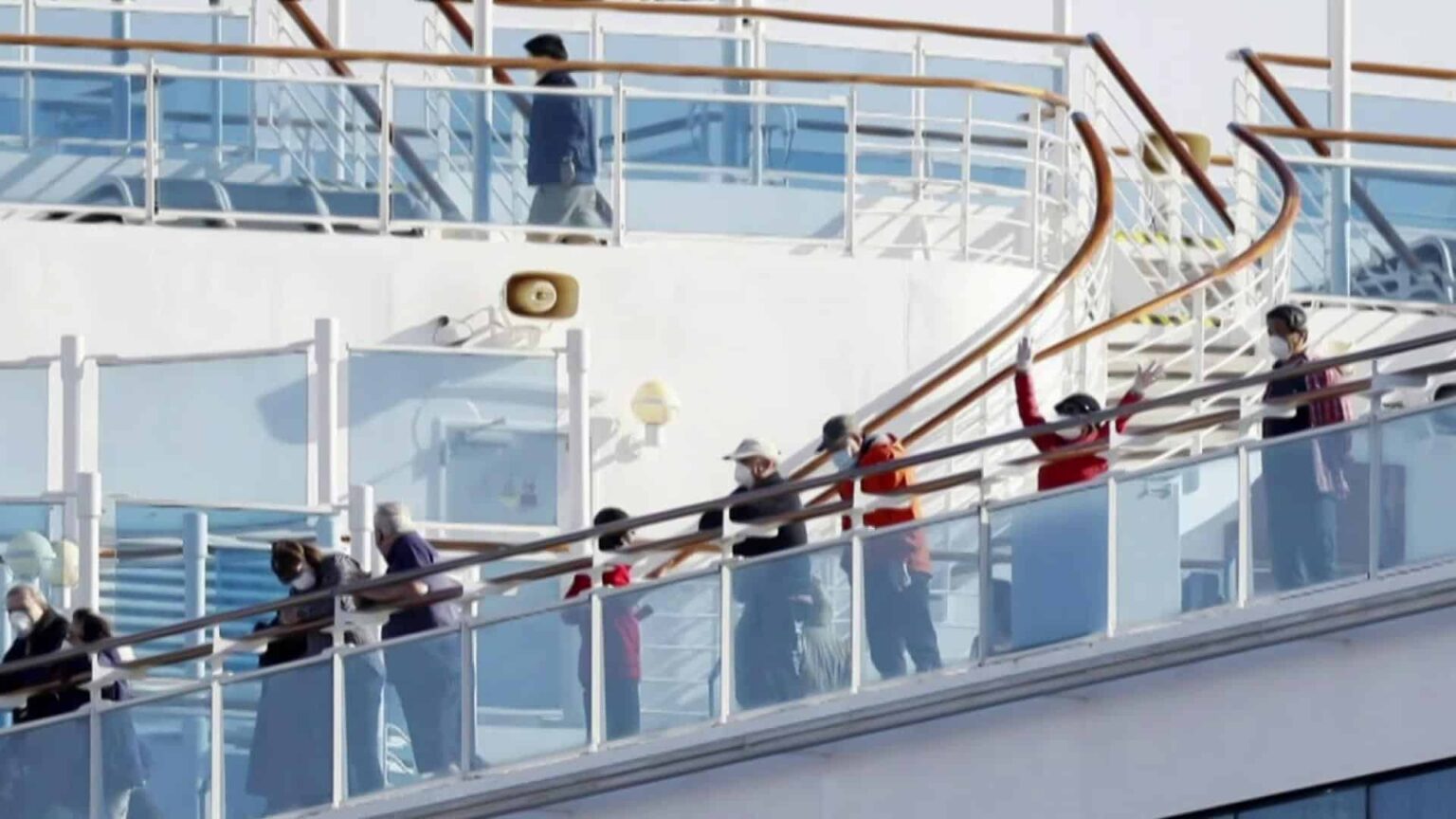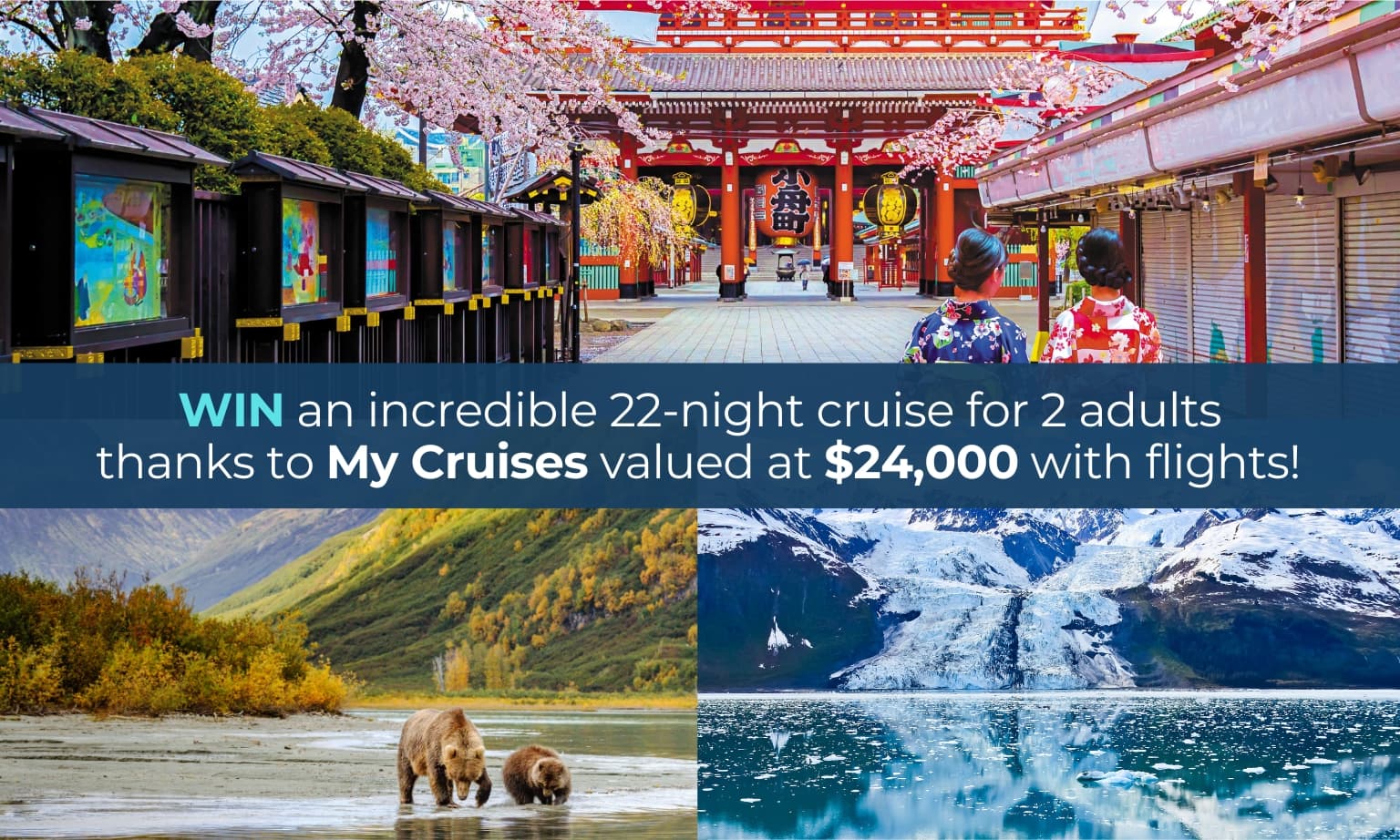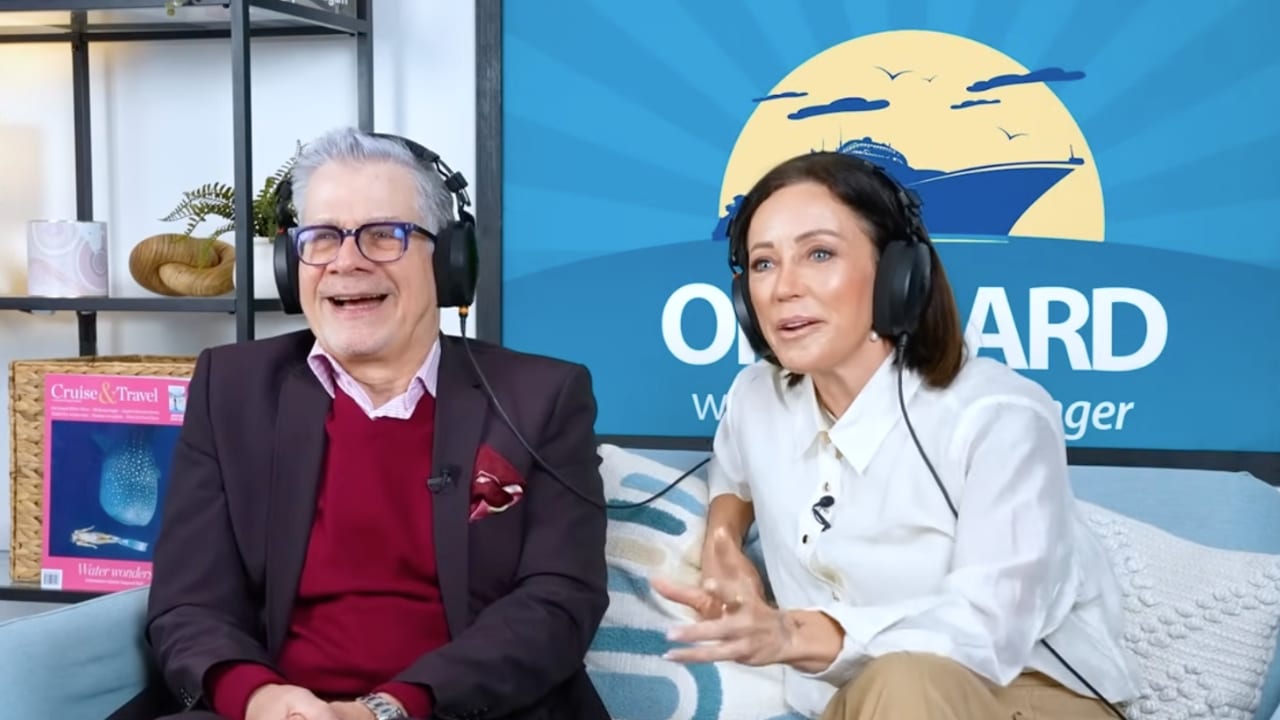The restart of cruise travel has had some heartrending mis-steps over the past few weeks.
First there was New Zealand’s extraordinary ban on Ponant’s attempts to sail out of Auckland, even though it had been prearranged with special safety protocols.
The bizarre reason: the immigration minister suddenly asked for more of the crew to be New Zealanders.
Then last weekend, the Northern Territory Health Department banned ships with more than 100 people – passengers and crew – from its waters. Six lines have been preparing to sail the Kimberley for months at the start of the season, to bring much needed jobs and cash to the hard-pressed tourism industry.
The reason: apparently, NT health feared this flotilla of little ships would overwhelm its health system should they all catch COVID at once.
This weekend, HBO – the US movie giant that shows on Australia’s Binge and some Foxtel channels – has been heavily advertising a new documentary called “The Last Cruise”.
It’s yet another rehash of the Diamond Princess journey that led to the ship’s disastrous quarantining in Yokohama. A total of 712 people contracted COVID-19 and 14 died during weeks when passengers were held on board while the Japanese authorities tried to work out what to do.
Last month saw the anniversary of the Diamond Princess and the Ruby Princess incidents which caused many to wrongly assume that the pandemic was a cruise ship disease.
No doubt HBO is hoping to cash in on that timing. Their documentary, using footage from passengers, staff and crew, will no doubt be informative. Hopefully, it is not sensationalised.
This week we also spoke to the Managing Director of Royal Caribbean, who happens to be the head of Cruise Lines International Association Australasia, the lobby group leading efforts by cruise lines here to persuade the Australia Federal and State Governments to allow the phased resumption of cruise.
The plan is for ships with tested and quarantined crews to sail local waters only with no stops, before venturing interstate once the model is proved.
Royal Caribbean and Dream has already sailed 150,000 passengers out of Singapore using a similar model without incident since November, last year.
So far, relations have been cordial, talks have been friendly, but no progress has been made despite Australia’s low rates of pandemic cases.
And Mr Smith believes there is a reason for this. The industry cannot shake off the images from the Diamond or Ruby.
But much has changed since those traffic events.
A year ago, no-one knew what COVID-19 was capable of. Today, we are much wiser – and ships are so much different.
The Quantum of the Seas, which has been sailing from Singapore for almost six months, for instance, has not one but two hospital facilities – one for normal health issues, and one containing an isolation ward and ventilators for those who may have COVID.
She sails half full, meaning 1,000 cabins are available for isolation in the event of a problem. There is social distancing, asks are worn where necessary and everyone is temperature checked and tested.
Queensland Marilyn Halladay has been on 29 voyages and was a passenger onboard the Diamond Princess. Despite the fact she caught COVID onboard the ship, she told ABC’s 7:30 she can’t wait for her 30th cruise.
“[I’m] ready to cruise again!” she told 7.30 this week.
“I just love the ship life.”
She had nothing but praise for Princess Cruises.
“With my failing mobility, it’s the ideal thing for me, because I’m a bit past walking through cobblestone streets and uneven ground,” she said.
“I can still enjoy the company of other people, seeing great places, and with modified mobility, I can tackle most things.
“Age is certainly against us. But that’s why I’m keen.”
Mr Smith has appealed for the federal government to issue guidelines and agree them with states and territories as a matter of urgency, as the prime booking period for Australia’s cruise season is May and June, and it takes 90 days to get a ship here.
His argument is a strong one: “What we ask of regulators is that they judge us not on where we were 12 months ago, but where we are today.”
Watch the trailer below and tell us what you think.









My wife and I can’t wait to restart cruising, we are both in our eighties and have done in excess of 30 cruises .We would like to hear what standards the State and Federal governments require of the cruise lines. We want to be safe when cruising and from what we read in your magazine you don’t appear to be aware of the standards so we are all somewhat in the dark. Can some one please turn on the lights!
The headlines (‘It was like a horror film: inside the terror of the Covid cruise ship) in The Guardian’s article on this documentary suggest it will be sensationalised.
We along with another couple were on the Diamond Princess and underwent two weeks quarantine on the ship and another two weeks at Howard Springs in the Northern Territory. Overall, without minimizing the seriousness of the situation it was a positive travel experience. There were some tense periods, but we were well cared for in a difficult and volatile situation. The support from Princess and subsequently the Australian Government was outstanding.
There were some who struggled with the experience and whilst I would not want to judge them, I hope the documentary also has reports from the majority of passengers who were I am sure thankful for how we were treated.